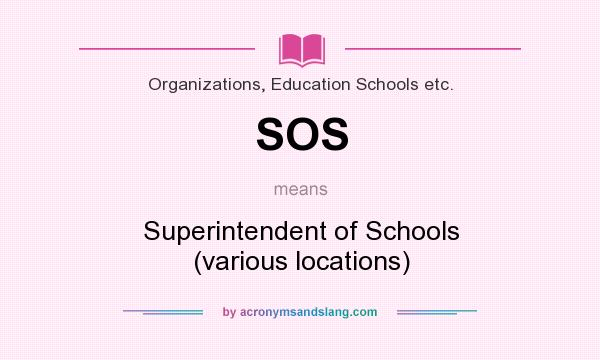

In England a general call on the landline wire was a “CQ.” “CQ” preceded time signals and special notices. The wireless operators came from the ranks of railroad and postal telegraphers.

The letter “A” is represented by a dot followed by a dash:īy 1904 there were many trans-Atlantic British ships equipped with wireless communications. Spoken, short signals are referred to as “dih” and long signals are referred to as “dah”. Morse Code is a way of “tapping” out letters using a series of dots (short signals) and dashes (long signals). The wireless telegraphers used Morse Code to send messages. Until then, ships at sea out of visual range were very much isolated from shore and other ships. The practical use of wireless telegraphy was made possible by Guglielmo Marconi in the closing years of the 19th century. How about that? How SOS Was Developed for Maritime Use Or is it? The SOS Morse code conveniently means nothing else, so its messages can’t possibly get confused either, which is an added benefit to use it which can reduce communication errors. It’s just one of those convenient accidents. It just so happens that three dots also means “S” and three dashes means “O” in the Morse Code alphabet. The pattern is simple, recognizable, hard to mistake for anything else and easy to remember. It’s designed to be easy to communicate to others. The Morse Code is a line of three dots, three dashes, and three more dots. If you’ve been wondering “what does SOS stand for?” The truth is that it doesn’t stand for anything. Of course a traditional SOS is still recognized and will be responded to as normal if received by the Coast Guard or other emergency services, but it is technically an outdated method of requesting aid. Many people in the general population are surprised to learn that SOS was replaced by the Global Maritime Distress and Safety System back in 1999. This came a year after it had become the choice of the German government for maritime emergencies. The International Radio Telegraphic Convention chose the SOS signal in 1906. Though the SOS signal is well known in most circles these days, its original use was strictly maritime.

Most of the general populace believes that “SOS” signifies “Save Our Ship.” Casual students of radio history are aware that the use of “SOS” was preceded by “CQD.” Why were these signals adopted? When were they used? History of the SOS Signal There is much mystery and misinformation surrounding the origin and use of maritime distress calls. Harmony asks “Do the letters in the term SOS represent three words? If so, could you let me know what they are?” Thanks to Neal McEwen for allowing us to use some information from his articles “SOS”, “CQD” and the History of Maritime Distress Calls.


 0 kommentar(er)
0 kommentar(er)
